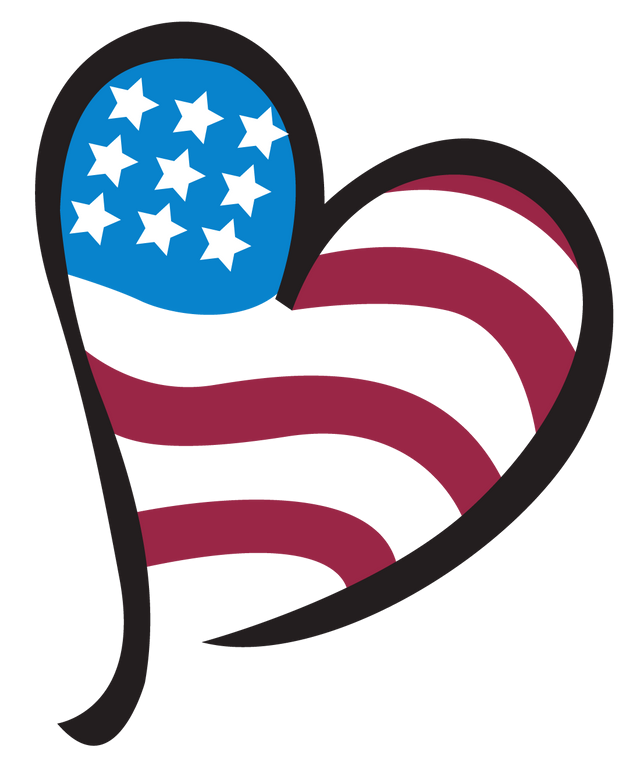Junctional Epidermolysis Bullosa

Junctional Epidermolysis Bullosa
By Irma McFarland, RN
There is a group of skin condition prone to blistering from minor injuries, heat or friction from rubbing or scratching. Most forms are inherited and affect infants and children although some don’t become evident until adolescence or adulthood. Mild forms may improve with age, but severe forms may be fatal. There is no cure. Treatment is targeted at infection prevention and pain management.
Epidermolysis Bullosa simplex is the mildest form of EB. It is caused by a faulty production of Kerating causing the top layer of skin to split. Dysmophic EB can be mild to severe. It is caused by faulty collagen production. Collagen connects the dermis to the epidermis and the fibers can be missing or dysfunctional.
Junctional EB is the severe form of EB, and it starts at birth. It is caused by the fibers in the basement membrane between the dermis and epidermis separating. It is nearly always fatal.
Symptoms of EB may include blisters, deformity or loss of nails, scalp blistering and hair loss, skin thickening on palms or soles of feet, dental abnormalities, internal blistering, excessive sweating and dysphabia.
Complications can include secondary skin infections, sepsis, malnutrition, anemia, deformities from contractures or fusion of digits, eye disorders, skin cancer and death. Nursing interventions include handling the child gently, and using soft clothing and bedding. Other interventions include keeping the skin moist and fingernails short and a cool environment in addition to frequent dressing change.
Medical interventions include skin grafts, surgery, fusion or contractures, esophageal dilatation, a G-Tube, physical therapy and using no adhesive bandages or tape. Intubation is highly discouraged.
The diagnosis of EB is made via biopsy of the skin and genetic testing. It is very devastating to the family so nursing support is very important. Skin care is a priority keeping areas of breakdown infection free and moist and opening new blisters with a sterile needle from the side. Dressings are changed daily to weekly depending on the severity of the skin's condition with clean or sterile technique. Good nursing care and support can help avoid complications and hospitalization.

call for support
(630) 236-3501Email Us
[email protected]Available Time
8 A.M - 4:30 P.M. (Mon–Fri)Copyright © 2026 - American Home Health Care. All right reserved.
Powered By: Aguilera Web Design